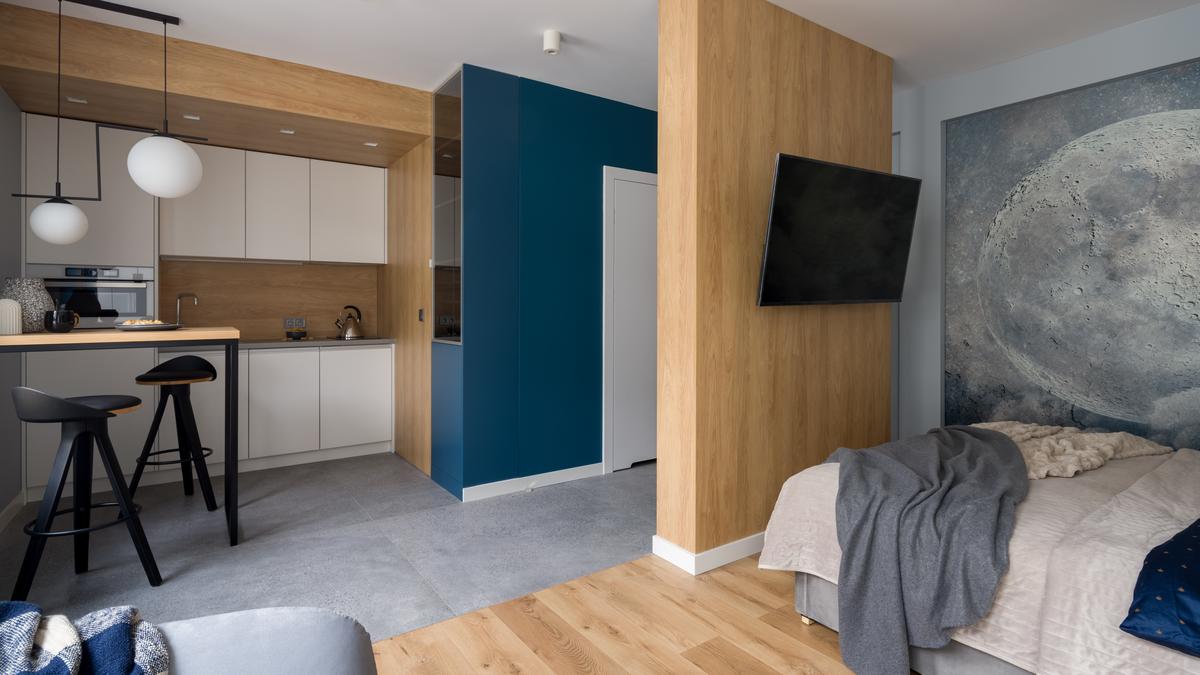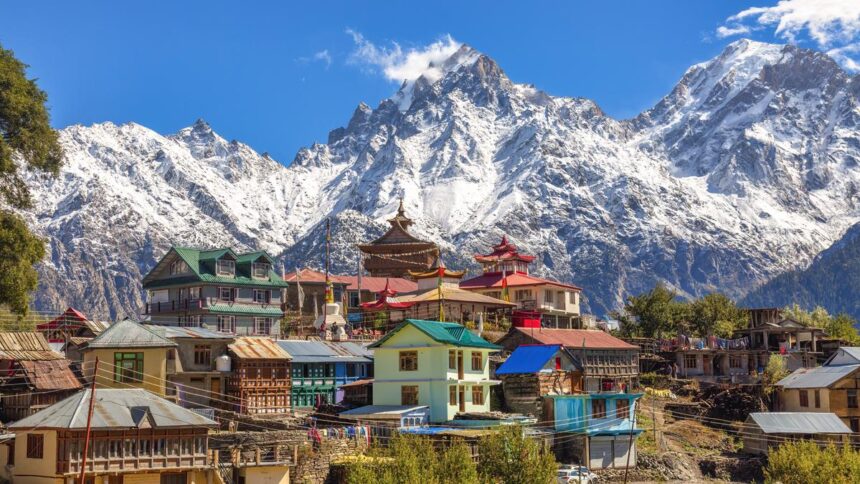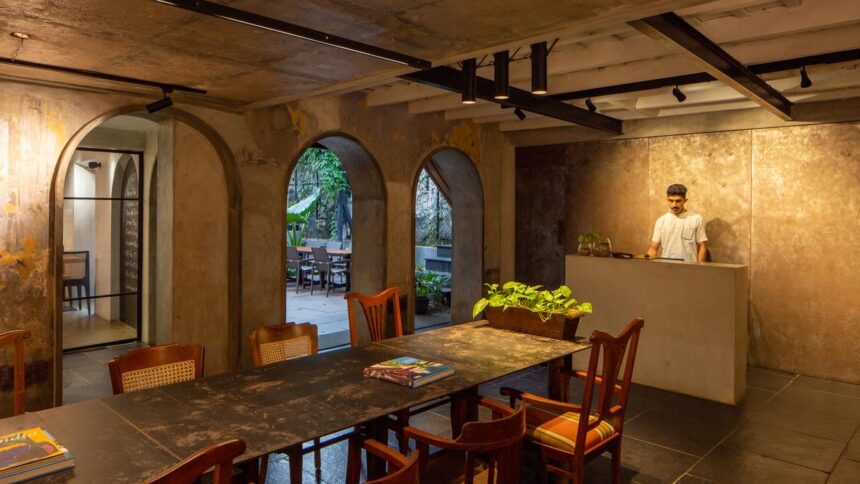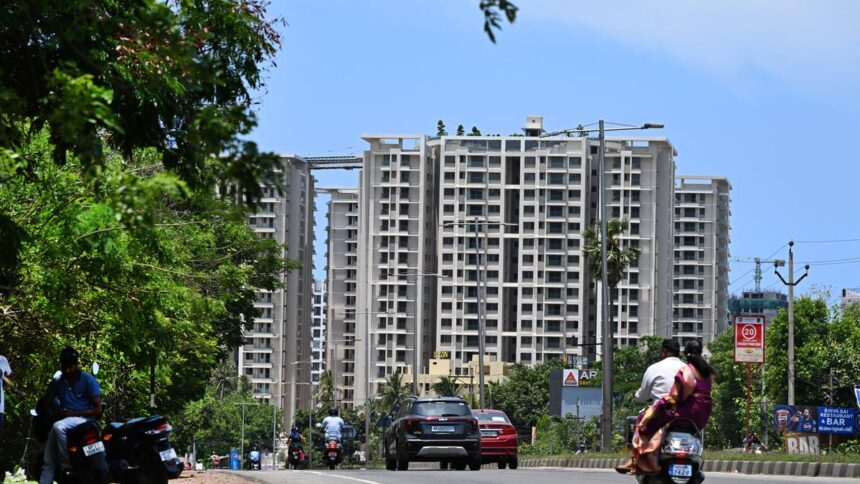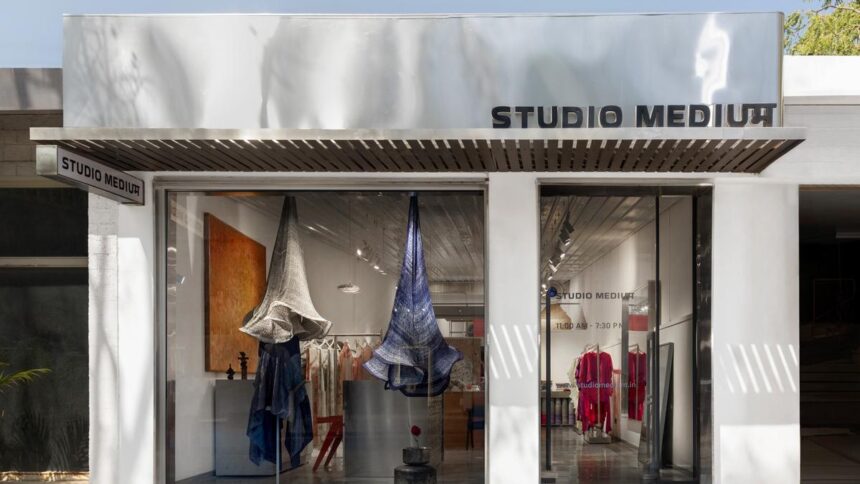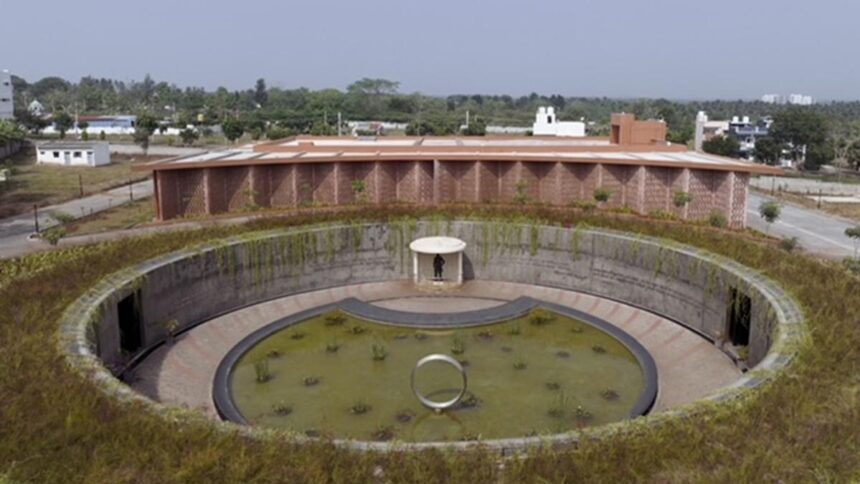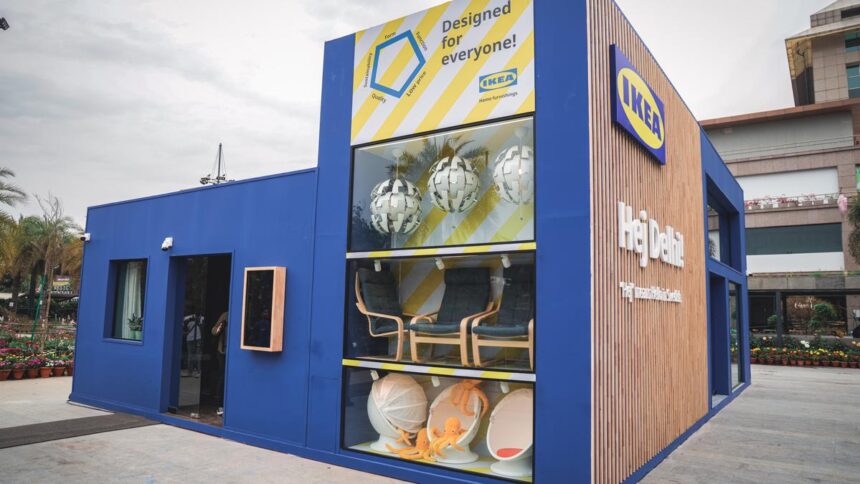Social shifts are empowering single women, co-living groups, young designers, artists, musicians, students, and other members celebrating a migratory life. Yet, for all the vibrancy and diversity of youthful urban living, conventional housing continues to lag in both design and affordability. Architects today face the challenge of envisioning well-designed, affordable housing in the face of rising land values. With the Third Master Plan currently on the anvil, Chennai — along with several other Indian cities — has the opportunity to redefine the apartment typology for a changing demographic aspirations.
As a young architect in France, several years ago, I realised that the loft apartment concept in Paris responded to the incredible imaginations of creative designers, artists, writers and people in my profession.
Similarly, loft apartments in New York, also known as studio apartments, were compact, flexible designs of around 500 sqt.ft. in area. For over a century, these compact and modular urban homes have provided a creative refuge to freelancers, artists, musicians and designers. In the Indian context, and more specifically Tamil Nadu, loft apartments need to be re-imagined in response to social needs of privacy — with modular sliding walls, well-ventilated kitchens to suit Indian cooking, noise insulation, and ease of maintenance.
Flexibility and affordability
In the face of rapid urban change, what is the paradigm shift required to re-imagine efficient and affordable apartments? A 500 sq. ft. apartment would offer multi-functional living and range between ₹35 lakh and ₹60 lakh within the city. Its generic open layout, devoid of inner walls, provides the flexibility to shape the interior space to each one’s unique needs.
A range of versatile and multi-functional spaces provide for working, relaxing, meeting and resting. Privacy is ensured with movable partition walls (made of lightweight wood derivatives such as plywood). Modular furniture, folding tables and beds, and well-designed built-in storage can optimise the space and foster dynamic lifestyles, responding to the needs of urban youth.
In several towns and cities, with high land values around city centres, smaller apartments with conventional designs are priced between ₹40 lakh and ₹55 lakh. Affordability can be enhanced through judicious design and pre-fabricated modules. Efficiency in construction practices, with the reduction of construction waste, prefabricated walls and windows can substantially reduce costs. It ensures quality and better site conditions.
Efficient and timely planning permissions and clarity of regulations can enhance affordability as well, by minimising long delays in project completion.
Climate responsive
The hot and humid coastal context of Chennai can be exasperating. Since affordability is key for studio apartments, it demands climate-responsive design, with spaces that can draw in the sea breeze, allow natural ventilation, and subdue the harsh daylight.
Air-conditioning can be expensive and is often not an option.
Passive cooling needs to be integrated into the design through the orientation of windows and balconies, green roofs, thermal insulation, and the use of sustainable materials.
The principles of indigenous architecture from Chettinad, Srirangam, and other regions of Tamil Nadu provide a veritable repository of good design. Orientation to receive the breeze, openable windows enabling cross ventilation, madras terraces — each of these can minimise the need for mechanical air-conditioning as well. Peripheral balconies and thinnai (thresholds) subdue the harsh sunlight, providing socially shaded spaces for gathering.
Green buffer spaces and local plants such as the golden shower tree, neem, and Arjuna tree and other flora, can play a unique role in cooling the neighbourhood. Landscaped terraces, besides reducing the impact of heat, also provide play areas for children.
New formations of vertical clustering, with shared community facilities, can transform community living — green terraces for social gatherings, a common kitchen with a dining area, laundry, and workspaces. A self-contained apartment complex reinforces a sense of belonging within the community.
Sustainable and renewable energy
Climate adaptation has also spurred research into passively cooled homes, solar and renewable energy, green technology, grey water recycling, and composting of kitchen organic waste for home gardens. Efficient design of services such as plumbing and electricity ensures durability and ease of maintenance. From the perspective of the studio apartment community, these aspects help minimise monthly maintenance costs.
Across the world, studio apartments are preferred for their versatility and flexibility. They serve as accommodation for students, small families, artists, filmmakers, and young professionals across diverse cultural contexts. However, Chennai and other cities in Tamil Nadu face an acute shortage of safe and regionally well-designed apartments and hostel facilities for single working women travelling from smaller towns. Studio homes can serve as rental or temporary stays for shorter durations, offering both security and privacy.
Master plans
The State government is in the process of formulating master plans and regulations for several cities. Regulatory reforms to support well-designed, affordable housing could ensure healthy urban growth by providing such housing within city neighbourhoods.
Urban policies that empower landowners to collaborate on affordable housing can be facilitated through flexible zoning regulations, expedited planning approvals, and various financial incentives. Several countries, such as Singapore and Austria, have addressed these challenges effectively.
The Greater Chennai Corporation and local bodies can identify specific affordable housing pilot projects to fast-track planning permissions, provide services, and ensure affordability.
Recent demographic assessments indicate urban migratory patterns that call for smaller homes for shorter durations, as young families increasingly prefer mobility between cities. They seek compact, affordable apartments that offer community amenities.
Studio apartments respond to these rapid societal changes — particularly in the context of gender equity and growing financial disparities.
The 500 sq.ft. apartment demonstrates the potential to address unfulfilled urban needs by being cost-effective, climate-friendly, and flexible. Through sensitive design, the petite apartment accommodates a wide range of aspirations.
It has the potential to redefine urban housing and requires that architects, environmentalists, policymakers, and builders recognise its inherent promise.
As Chennai and other towns continue to grow, young professionals and working women need homes that cater to their specific requirements — offering safety and dignity through well-designed, climate-responsive, and affordable accommodation.
The writer is an environmental architect, academician and founder of Artes Roots Collaborative.








